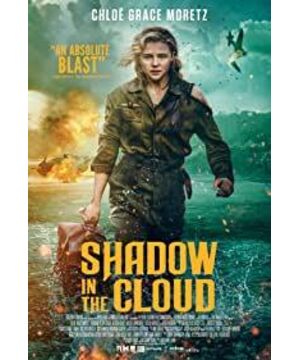A good director will place his camera in the most suitable place. Time and space are manifested in the film as the spatial display of objects and the movement of film time. The camera, as the only medium connecting the audience and the creator, acts as a language. Therefore, the time and space of the movie is only transmitted to the audience with the translation of the camera.
Generally speaking, the placement of the camera and the selection of the lens should consider the environment where the subject is currently being shot. In this movie, it can be divided into three levels. ①: Narrow non-moving space ②: Restricted space for movement ③ Unrestricted free space
In ①, due to the imprisonment of the subject of the image, the lens is mostly used for close-up, close-up, or even hand-held lens. This is undoubtedly the same as the subject of the image. Only through the lens can the audience experience the time and space of the image. Close-up shots and close-ups make the time retouched, while the space becomes clearer.
In ②, the character can start to move, and the lens will start to use panoramic or mid-range shots. At this time, the camera can move because of the post-editing without going through the long lens. The long lens on the helicopter should not be too good.
The free space in ③ presents a telephoto lens of characters + environment. I think the telephoto lens is the best lens to show the relationship between the space and the characters, far better than the wide-angle lens.
Having said so much, it is nothing more than a sentence. The director should choose the lens and the camera according to the style of the film and the environment of the objects in the film.
View more about Shadow in the Cloud reviews











